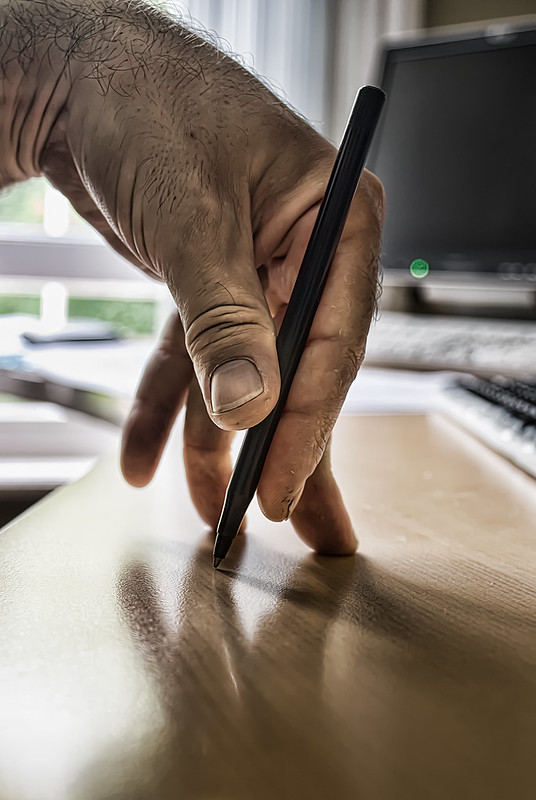the articulation of design
had a lovely long conversation today about what design is and why we do it. I paraphrase
in order to explain the progression from what we understand to the things we make we undertake a deliberately unstructured approach to divining meaning and distilling insights such that we might evolve and create structures and make sense of that which we’re analysing in order that we can confidently develop evidence-based hypotheses that describe the behaviours we want to effect and the human outcomes we want to see
but also sometimes we just make things up because nothing makes sense and it’s not really that bad if you just have a good idea and see if it works because if I really only created things with a direct, methodical, causal relationship to the user intents and behaviours I need to support then I would actually be pretty bored because the act of creation must be the sum of all knowledge and that means that since I know lots of stuff I probably know many of the outcomes and I have a pretty good idea of what might work but omg that’s just designing for yourself how dare you that’s not what we do call yourself an experience designer actually no
but in the end the design we do is only as good as our ability to articulate its value. value to users. value to stakeholders. value to the universe. and most importantly the value to us, the creators. for if I invest in the creative endeavour with disregard to the impact it has on me then I deny myself the opportunity to explore my capabilities, weaknesses, inspirations and, fundamentally, my ability to communicate new ideas
it’s the articulation of design that gives design meaning and value. it’s an acquired skill. you have to practice and get good at it. but once you’ve got it, design makes sense. not just in the way you describe it to others, but how you describe it to yourself. and that’s where you begin to understand the real value of what you do
and yes, italic
update: much talk regarding articulating the value of design at this week’s Leading Design conference which had many heads nodding including my own but in an agreeable way not a falling asleep way and while I suggest that the value of articulation can be most readily appreciated in the way it enables you to understand and evolve your own work the gaping void between doing design and expressing the value of design is still largely being quacked into, leaving stakeholders and business leaders to cup their ears at the silence. the need to describe value has never been greater and the Leading Design conference connected some lovely people to share their experiences and advocate some effective methods for doing just that so thank you to Andy Budd and Clearleft for making it happen.



